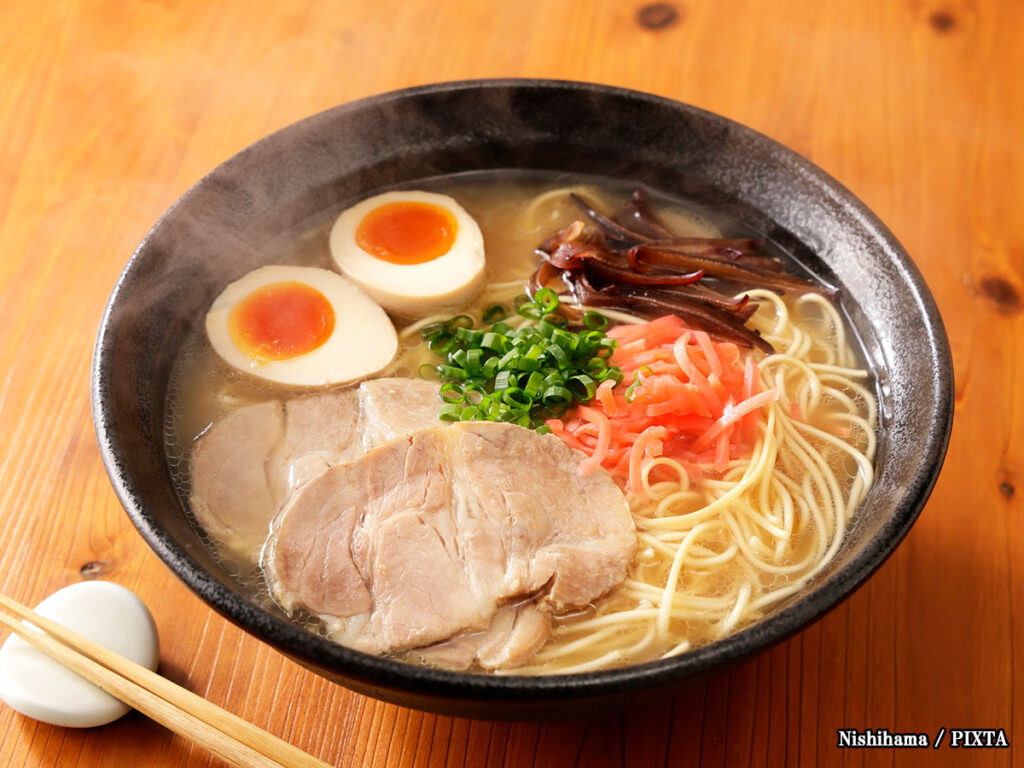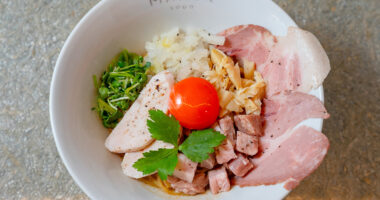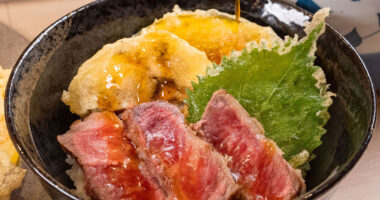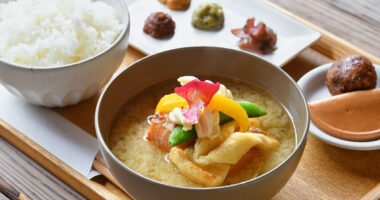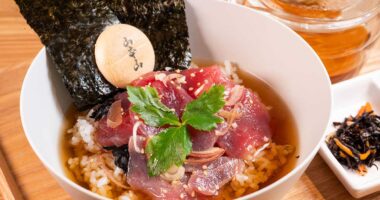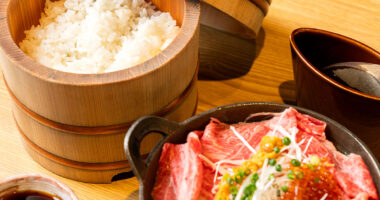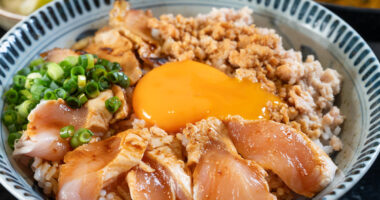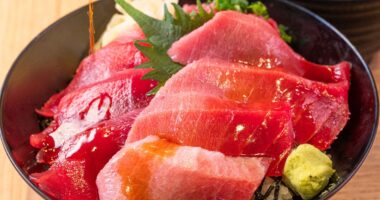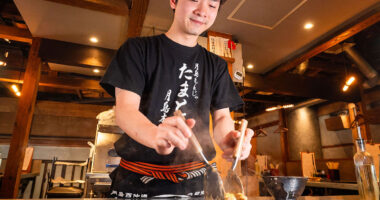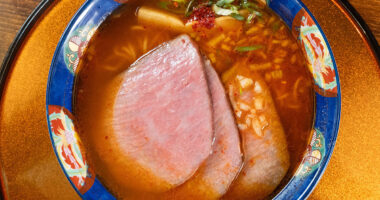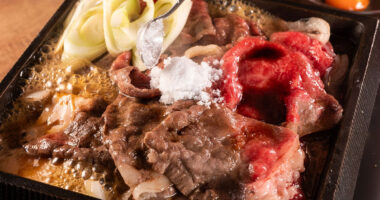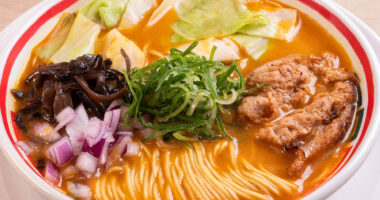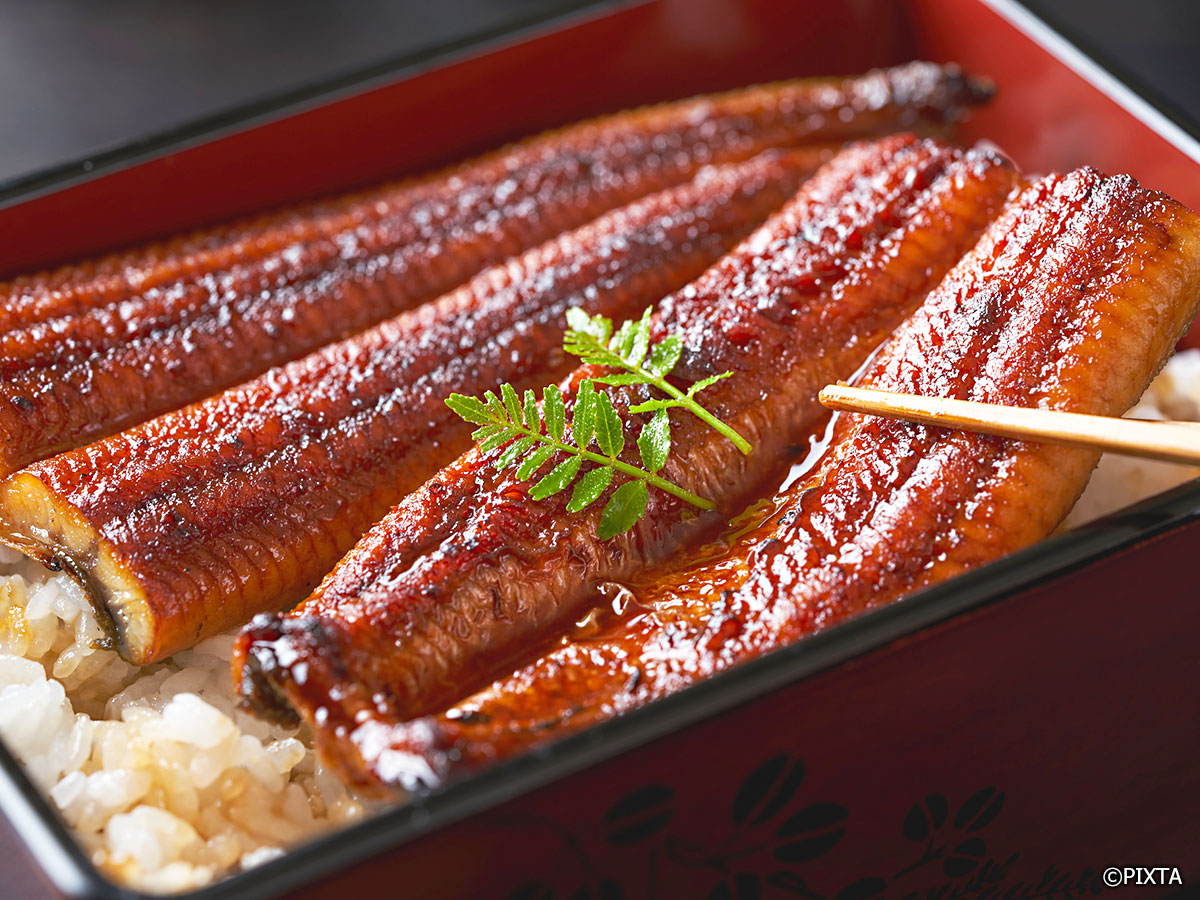Japan offers a wide variety of ramen, with some types only available in certain regions. Here are some of the best local ramen varieties to try.
Hokkaido
Sapporo Miso Ramen — Sapporo City, Hokkaido
Sapporo miso ramen, originating in Sapporo City, features a rich, miso-based broth, complemented by thin noodles. Common toppings include bean sprouts and onions, reflecting the hearty flavors favored in Hokkaido.
Hakodate Salt Ramen — Hakodate City, Hokkaido
Hakodate’s salt ramen is known for its clear, light broth, seasoned mainly with salt. The broth’s simplicity emphasizes the natural flavors of the chicken and pork bones. The straight, medium-thick noodles, topped with chāshū (Japan’s version of char siu) pork, bamboo shoots, and green onions, capture the broth’s clean taste.
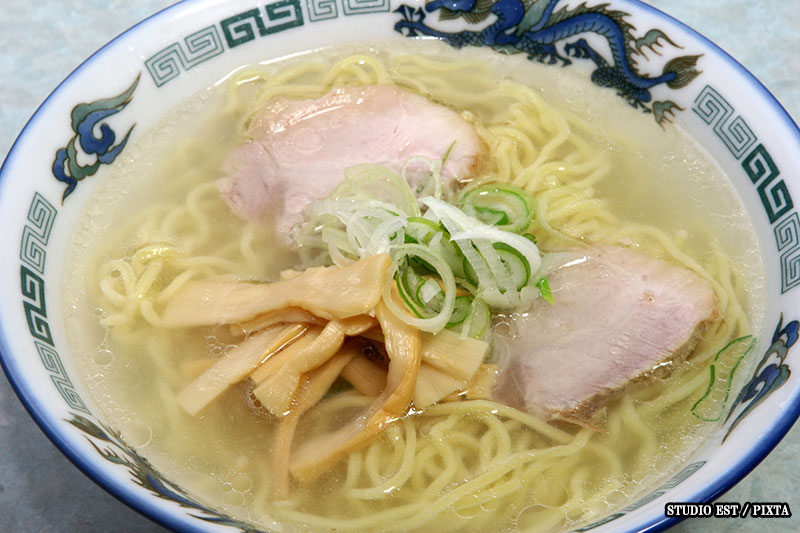
Hakodate Salt Ramen (photo for illustrative purposes)
Tohoku
Kitakata Ramen — Kitakata City, Fukushima Prefecture
Kitakata ramen, one of Japan’s top three regional ramen styles, originates from Kitakata City in Fukushima Prefecture. It is characterized by flat, wide, wavy noodles with high water content, giving them a unique chewy texture. The broth, usually soy-based but sometimes salt or miso-based, often includes pork bones and niboshi (dried sardines), enhanced by high-quality local water, and is complemented by toppings like chashu pork, bamboo shoots, and green onions.
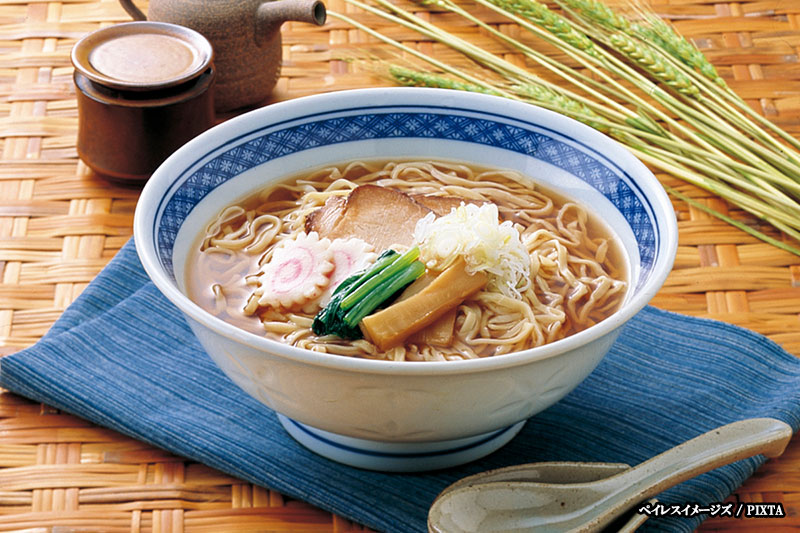
Kitakata Ramen (photo for illustrative purposes)
Kanto
Sano Ramen — Sano City, Tochigi Prefecture
Sano ramen is a specialty of Sano City in Tochigi Prefecture, known for its unique “aodake-uchi” method where noodles are kneaded using green bamboo poles, resulting in a soft, chewy texture. The broth is light and soy-based, paired with simple toppings like chashu pork, bamboo shoots, and scallions.
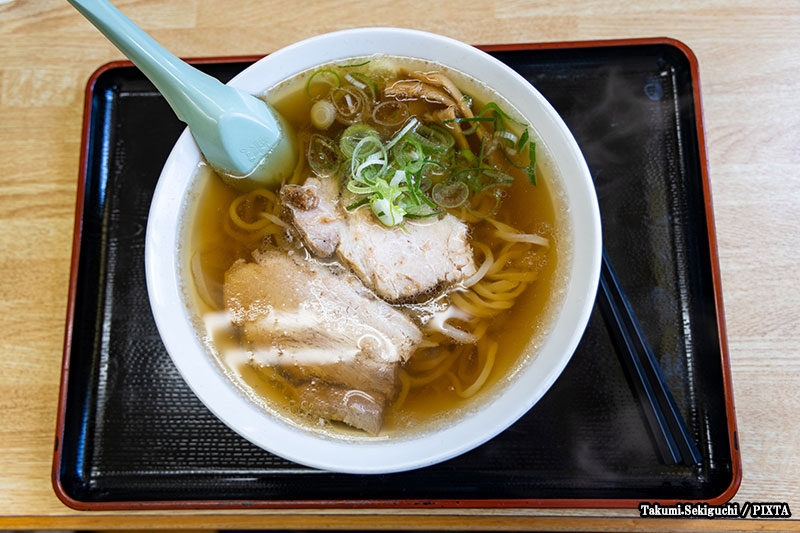
Sano Ramen (photo for illustrative purposes)
Kanagawa Sanmāmen — Yokohama City, Kanagawa Prefecture
Sanmāmen, a Yokohama specialty, features a soy sauce-based broth topped with stir-fried vegetables like bean sprouts, cabbage, and mushrooms, thickened with starch. This dish was created post-war to provide an affordable, nutrient-rich meal. It’s a wholesome, flavorful dish with historical roots in Yokohama’s Chinese community.
Yokohama Iekei Ramen — Yokohama City, Kanagawa Prefecture
Iekei ramen blends the rich pork bone broth of Kyushu with the soy-based broths of Tokyo. The dish features thick, straight noodles served with a savory pork broth, spinach, nori seaweed, and thick chashu pork slices. The ramen is customizable in terms of noodle firmness, broth richness, and oil content, catering to diverse preferences.
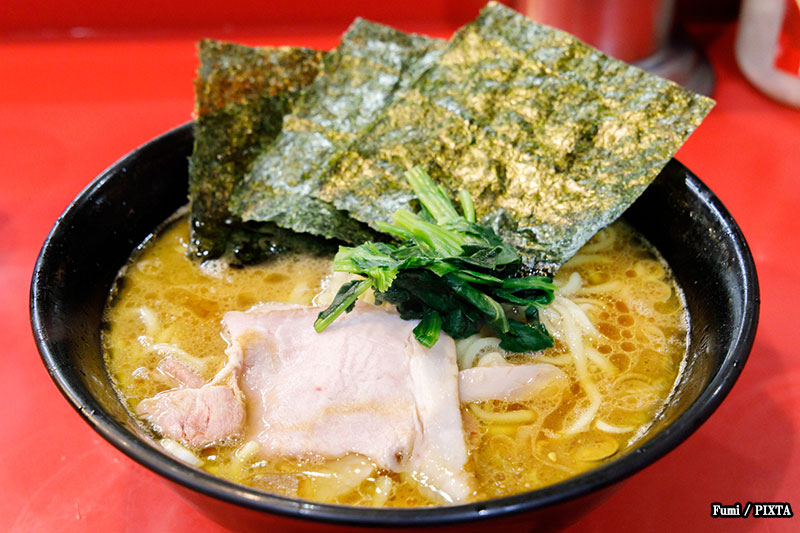
Yokohama Iekei Ramen (photo for illustrative purposes)
Chūbu
Tsubame Seabura Ramen — Tsubame City, Niigata Prefecture
Tsubame Seabura Ramen, or Tsubame-Sanjo Ramen, originates from Tsubame City in Niigata. It features a rich soy sauce broth topped with a generous amount of pork back fat to keep the soup hot, a blessing in cold weather. Thick noodles maintain their chewy texture, while toppings like chopped onions and seaweed add unique flavors.
Toyama Black Ramen — Toyama City, Toyama Prefecture
Toyama Black Ramen was originally intended to be a salty, energy-rich meal for laborers. The intensely salty broth is made with dark soy sauce and black pepper. Thick noodles and toppings like chashu pork, bamboo shoots, and scallions make this ramen a unique culinary experience with a bold flavor profile.

Toyama Black Ramen (photo for illustrative purposes)
Taiwan Ramen — Nagoya City, Aichi Prefecture
The regional Japanese ramen style known as “Taiwan Ramen” originated in Nagoya City at Misen restaurant by a Taiwanese chef. It features a spicy chicken broth, heavily seasoned with ground pork, garlic, and chili peppers, with bean sprouts and chives as toppings. It gained popularity during Japan’s spicy food trend in the ’80s and remains a favorite for those who love a fiery kick.
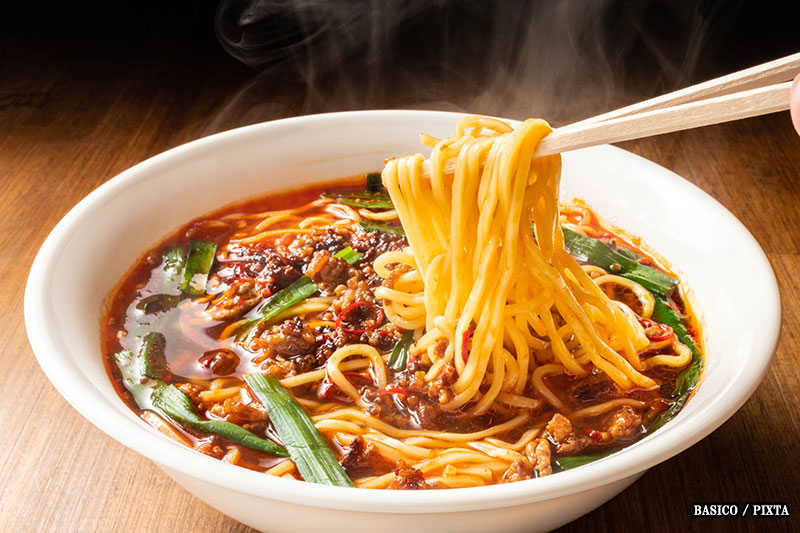
Taiwan Ramen (photo for illustrative purposes)
Kinki
Kyoto Seabura Shoyu Ramen — Kyoto Prefecture
Kyoto’s seabura shoyu ramen combines a soy-based broth with pork back fat, balancing richness with clarity. The chewy noodles, the spice of chili pepper and toppings like green onions make this ramen a refined yet satisfying dish, reflecting Kyoto’s approach to ramen.
Chūgoku
Onomichi Ramen — Onomichi City, Hiroshima Prefecture
Onomichi Ramen, from eastern Hiroshima, features a clear, dark soy sauce broth made from chicken bones and small fish from the Seto Inland Sea, enriched with minced back fat. The medium-thin, straight noodles pair well with the broth, while toppings like green onions, chashu, and bamboo shoots add to its distinctive flavor.
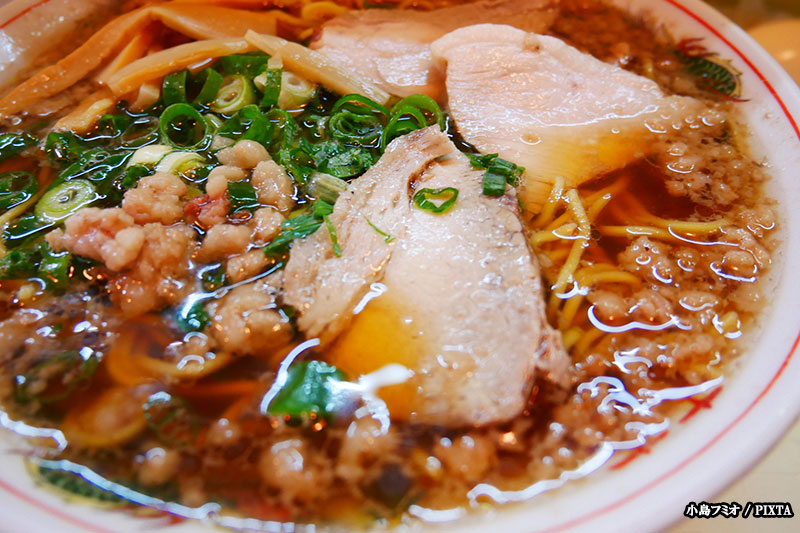
Onomichi Ramen (photo for illustrative purposes)
Shikoku
Tokushima Ramen — Tokushima Prefecture
Tokushima Ramen comes in four varieties. The “brown” type features a sweet-salty broth made from pork bones and rich soy sauces, often paired with pork belly and raw egg. The “white” type has a thick, creamy broth that clings to thin noodles. The “yellow” type is lighter, made from pork bones, chicken bones, and vegetables, with a yellow hue from chicken fat. Finally, some shops offer unique original styles with seafood-based broths.
Kyūshū
Kumamoto Ramen — Kumamoto City, Kumamoto Prefecture
Kumamoto ramen features a tonkotsu broth combined with chicken stock, fried garlic chips, and mayu (black garlic oil), resulting in a rich yet milder, slightly sweeter broth. Medium-thick, slightly curly noodles serve as the base, with mustard greens, bean sprouts, and tender pork slices as toppings.
Hakata Ramen — Fukuoka City, Fukuoka Prefecture
Hakata ramen, from Fukuoka City, is known for its milky, white tonkotsu broth, achieved through long-simmered pork bones. The ultra-thin, straight noodles are served firm, with minimal toppings like chashu pork, scallions, and pickled ginger. Kaedama (extra noodles) is a popular option due to the broth’s rich flavor.
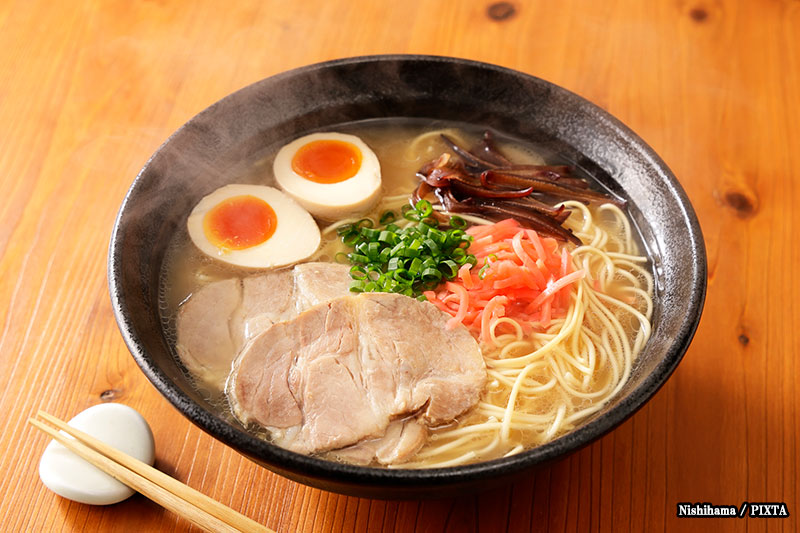
Hakata Ramen (photo for illustrative purposes)
Nagasaki Champon — Nagasaki Prefecture
Nagasaki Champon, created at the Chinese restaurant Shikairou in Nagasaki, was designed to provide an affordable, nutritious meal for Chinese students. The dish involves stir-frying vegetables and meat, then simmering them with Chinese noodles in a flavorful broth.
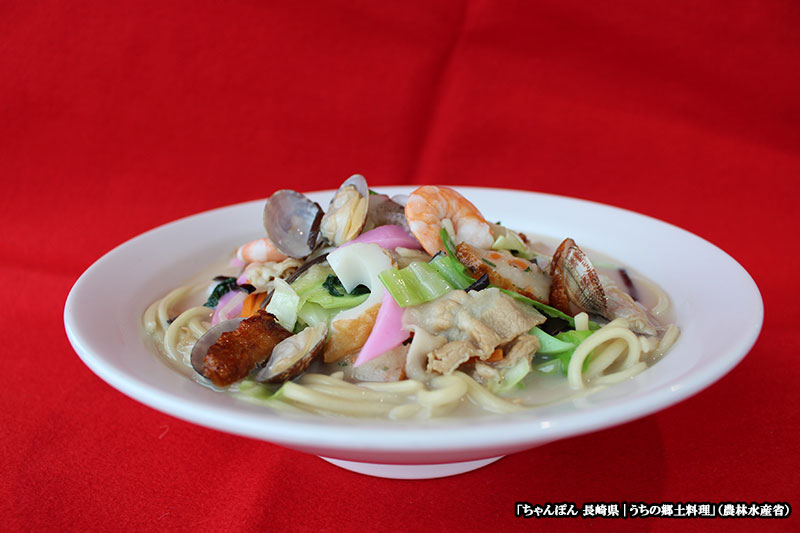
Nagasaki Champon (photo for illustrative purposes)
Japan’s regional ramen varieties offer a fascinating glimpse into the country’s diverse culinary landscape. Each bowl tells a story of local culture, climate, and history, inviting you to experience the unique flavors that define each region. Whether you’re slurping the rich miso ramen of Sapporo or savoring the complex broth of Hakata’s tonkotsu, exploring these regional specialties is a delicious way to journey through Japan.
For more general information on the standard types of ramen in Japan, please read our article here.
